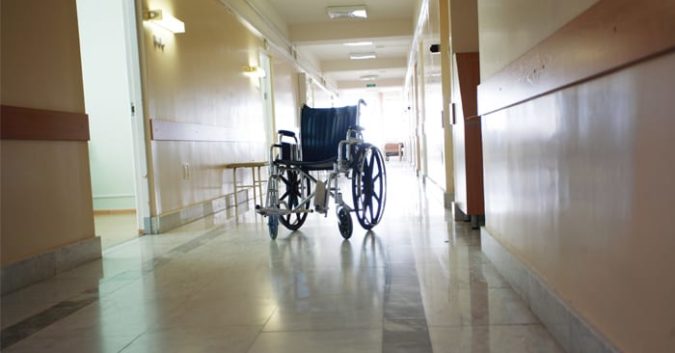Are our grandparents safe? What about our mothers? Our fathers? What about all of our loved ones who are aging and in need of daily care?
It’s worrying enough for families charged with caring for their aging loved ones to place them in “the right” nursing homes or long-term care facilities. But to finally settle on a nursing home and then have to worry constantly about the safeness of the particular facility, too?
It’s just too much. It’s not right.
And yet, this seems to be reality most Americans across the U.S. face. So, again, the question: Are our elders safe? While certainly not a new question, in recent years, as more and more horror stories emerge, the answer seems to be sharpening further into focus each day: The very places, both for-profit and non-profit, designed for the protection and safety of our population’s most vulnerable and in-need-of care, are simply getting less and less safe.
In fact, since 2011, nursing home abuse complaints have risen 37 percent.
Florida Nursing Home Shuts Down Amid Crisis
Horrifying video this past week, released in a breaking news piece from CNN, showed footage from an assisted-living facility, The Good Samaritan Retirement Home in Williston, Florida.
The Good Samaritan is an elderly-care residency with a whole host of problems unto itself. In just its recent past, 2 of the facility’s administrators were arrested on charges of neglect. In fact, The Good Samaritan is the most-cited nursing home in all of Florida, home to 683 like homes. Amid the allegations, the home was ordered to shut down in December.
In the horrendous footage, a 52-year-old resident, a male living with a traumatic brain injury, can be seen punching another resident (an elderly man of 86-years-old) nearly unceasingly over the span of 2 minutes. Fifty-six punches laid in total.
The reason? The 52-year-old man alleged that his older, fellow resident had stolen and eaten his cupcake.
The Nursing Home Trend Points Down
Obviously, the stolen cupcake is not what’s at stake here; it’s not the issue. What’s worrying is that nursing home, assisted-living, and long-term care facilities/residencies are becoming increasingly unsafe – and not just this particular facility in Florida. Abuse in homes like these is widespread and growing constantly.
In the United States alone, there are nearly 2 million nursing home residents in roughly 15,600 nursing homes. As the so-called “Baby Boomers” continue to age, there will be more elders in need of care than ever before. This, and yet already the statistics are too grisly to bear. One out of every 3 nursing homes in America is guilty of having committed dozens of “serious” violations.
Possibly even more worrying is the stringent laws in place protecting the profits of nursing homes across the States. Newly passed laws during Trump’s administration and its Republican-led Congress, call for binding arbitration in nursing homes. This means that new residents are forced into signing documents upon their admission to nursing homes, essentially forfeiting their legal rights under wrongdoing or injury. So, when a nursing home commits a crime? The patient suffers, but the nursing home lives on and continues to make money.
Nursing Home Abuse: Know the Signs, Report the Crimes
The unfortunate reality is this: One would be hard-pressed to find a nursing home in their local area that hadn’t committed unlawful violations, abused residents, or skirted around responsibility at some point in their recent history.
What’s so scary about this is the pervasiveness of nursing home and elder abuse in the country’s fabric; much of which has to do with businesses within the industry searching for higher profit-margins. To save money, facilities like these cut staff, cut pay, give their employees long hours, and train them poorly.
According to a study by the National Institutes of Health (NIH), a nursing home resident has a 20 percent chance of experiencing abuse once they are living in such a facility. Those odds are obviously not great. Even outside of the walls of these residencies, elders, in general, prove easy prey for bad people looking for someone of whom to take advantage.
Other forms of elder abuse — neglect, outright physical abuse, and emotional abuse, can include, but are not limited to:
- Broken bones, bruises
- Head injuries
- Medication administration or overdose
- Dehydration and malnourishment
- Bed sores
- Financial and material exploitation
- Sexual abuse
It’s important to know the warning signs of abuse. If you have witnessed abuse first-hand, you need to contact someone for help. The National Center on Elder Abuse (NCEA) is a non-profit government organization designed to help stop elder abuse in the United States.
Nursing home and elder abuse comes in all shapes and sizes – physical and emotional – and no case is too small to consider the possibility of pursuing justice. If you or someone you know has been subject to unfair, discriminatory, or injurious behavior at the hands of nursing homes, you should know your rights. Contact Sokolove Law for a free legal consultation, and to find out whether or not you may be entitled to compensation.
